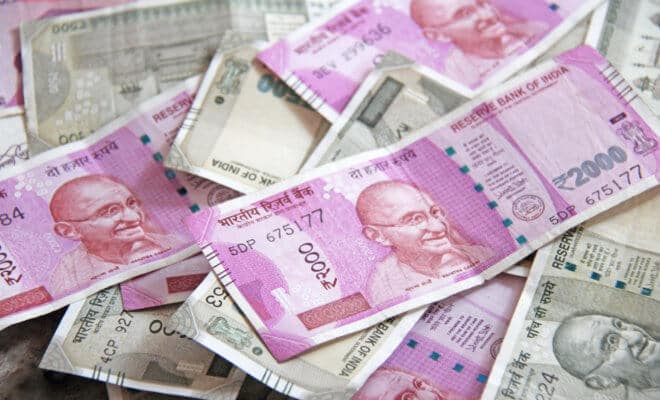Business
What’s Behind The Potentially Catastrophic Fight At India’s Central Bank

Photo: Bigstock
The drama unfolding at the Reserve Bank of India (RBI) is best understood as a battle between central bankers and political leaders over the future course of India's economy.
Central banks are usually pretty boring places, home to technocrats who keep watch on inflation and exchange rates and pride themselves on avoiding public controversy.
So it came as a shock when the deputy governor of India’s central bank gave a speech in October warning that the institution’s independence was being undermined in “potentially catastrophic” ways.
And that was just the beginning: This week the governor of India’s central bank, Urjit Patel, abruptly stepped down, the first such resignation in nearly 30 years.
What is going on here?
The drama unfolding at the Reserve Bank of India (RBI) is best understood as a battle between central bankers and political leaders over the future course of India’s economy.
The stakes could not be higher. Prime Minister Narendra Modi is facing a tough re–election battle in national elections next year and wants the central bank to ease restrictions on lending to give the economy a boost.
The RBI, too, wants the economy to grow as fast as possible, but not if it means that banks are rushing to make dodgy loans or investors are creating a bubble in financial assets.
The tensions between the government, which wants an economic boost right away, and the central bank, which is guarding against long-term crises, have increased dramatically in recent months.
According to media reports, the government threatened to invoke a never-before-used legal provision to get the RBI to do its bidding. For instance, it wanted the regulator to relax constraints on troubled public-sector banks so they can lend more freely. The government is also reportedly seeking to change the way the RBI board works, transforming it from an advisory body to one with actual operational oversight.
All of these moves run counter to the tradition of allowing the RBI to function with a wide degree of independence. And they have intensified a chorus of criticism from Modi’s opponents who say that his government is undermining the country’s institutions for political ends.
A certain amount of tension between the central bank and the political leadership is expected in any country (in the United States, President Donald Trump has departed from the norm with his sharp public criticism of Federal Reserve Chair Jerome Powell). But experts say that what is happening now is unprecedented for India.
“A public spat like this is something that we’ve never seen,” said Jahangir Aziz, head of emerging market economics at JPMorgan Chase. Even when there were differences between the RBI and the Finance Ministry, Aziz said, neither side aired them publicly.
Exactly what triggered the surprise resignation of the RBI governor on Dec. 10 is the subject of fevered speculation. Patel issued a brief 88-word statement saying he had decided to step down for “personal reasons.” He thanked his colleagues but pointedly said nothing about the government that appointed him.
Patel is an esteemed economist with degrees from Yale, Oxford and the London School of Economics who started a three-year term at the helm of the RBI in September 2016. Two months later, he had the thankless task of implementing the Modi government’s decision to invalidate most of the country’s bank notes. The move was aimed at tackling corruption but led to cash shortages and job losses.
Raghuram Rajan, Patel’s predecessor as RBI governor, sounded a clear warning after the resignation. Such a move is “an act of protest,” Rajan told an Indian newspaper. “It is saying that the person cannot stay on given the kinds of policies that are being thrust upon them.” The government named a senior bureaucrat, Shaktikanta Das, as the new governor on Dec. 11.
“We’ve seen this movie before in so many emerging economies,” said Vivek Dehejia, an economist and fellow at the IDFC Institute in Mumbai. “There’s a central bank that’s trying to run a tight ship to keep things in check” and a government facing a re-election battle that wants to “turn the spigots in every possible sense.”
The Modi government may succeed in its push to make the RBI a more pliable institution, Dehejia said, but the costs might be high. “There could be short-term political gain for the government, but the long-term damage to the economy and its already weak institutions is going to be incalculable.”
(c) 2018, The Washington Post
